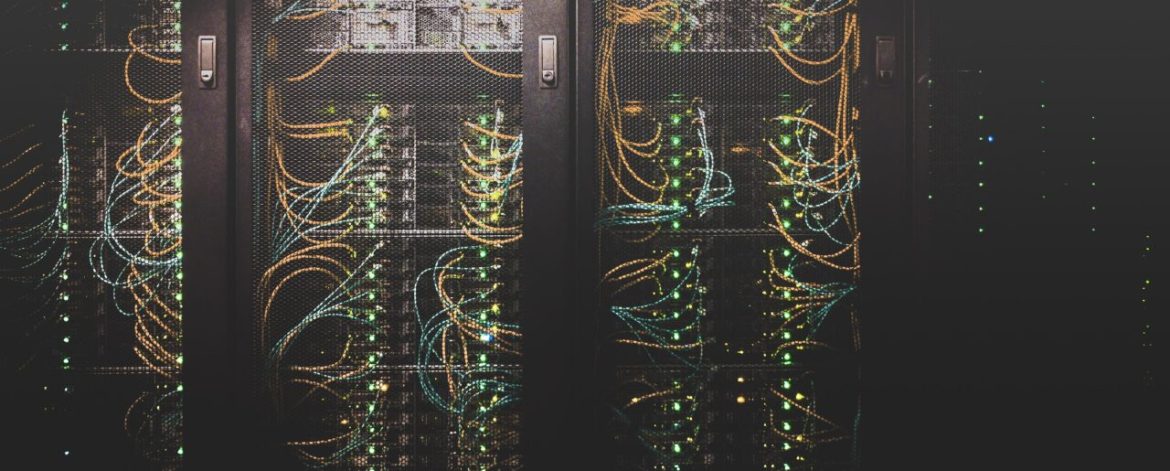If data is the blood of a business then a good backup strategy is the transplant team ready to bring you back to life at any moment. As businesses have evolved their dependence on data has grown with them. But there is a big difference between having a backup and having a good backup and recovery strategy. Today, we’ll go over the good old 3-2-1 backup rule and some variations of it.
Plan for every possibility
When planning for a backup strategy, most think of hardware failure, user error, or maybe involuntary deletion of data. If you’re a little more aware, you might even plan for a potential ransomware attack. But very few think of fires, floods, or physical theft.Although these are not going to be the most likely ways of losing your data, you wouldn’t want your data backup strategy to set you even further if they were to happen. Trust me, you’ll already have enough to deal with you don’t want to have to deal with complete data loss on top of it.
3 is for 3 copies… or 4?
You are probably looking at this and think “this is idealistic! Nobody needs 3 copies of their data. 2 is plenty!” and you wouldn’t be the only one. I’ve heard this one so many times. But there is a very good reason 3 copies are needed and no, it’s not because consultants want to sell you more services. Here’s how we set up backup strategies for our partners and how those 3 copies are used
Live copy:
this copy is the one you work on daily. This would be the riskiest state since your users are going to directly work with this data. But, it is the most up-to-date version of your data.
First copy:
This copy is safer since no user is working with this data directly. Instead, backup software will copy your data on a regular basis from your live copy to this offsite backup location could be daily or weekly depending on your business. The delay in the backup frequency is actually very important. The shorter the time is the more up-to-date the backup will be. But this also means that you need to act faster in case of a disaster to stop the corrupted data from being replicated onto the clean backup. Most backup software nowadays has measures to eliminate this potential problem, but it is something you want to keep in mind while planning your strategy.
Offsite backup:
Planing a good backup strategy is also planning a good recovery strategy. To do that you need to understand your tolerance to offtime. In other words, how long can your business survive with the complete loss of all I.T infrastructure? As I alluded to before, when a disaster such as a fire occurs you don’t want to have to deal with major off time on top of everything else, you want to get back to business as soon as possible. That’s the offsite copy’s job.
Manual Offline copy:
this one is not a requirement of the OG 3-2-1 backup rule but it is one that we highly encourage you to have. This is a copy of your data that might not be as up-to-date as the others but it contains only the vital data that a business simply cannot live without and it is kept securely offsite. These might be the legal documents of a company, accounting files, contracts. This copy is made on a media such as an external hard drive and is kept securely offsite and is initiated manually to ensure that the data is of quality when backed up. At UpSystems we call this “the core”. its job is to allow to get back up and running if everything else goes awry. Although your likelihood of needing it is low, we have seen it being used in the past in the case where a hacker was able to get access to both on-site and off-site copies and encrypt them.
2 is for 2 different media
3 Copies of your data (or 4 if you work like us) is already a good start but adding variety in the way this data is stored is a major plus. But first, what are the options you have? Well, the list includes Hard Drives, External USB Hard Drives, Network Attached Storage (NAS), Tape Storage (Yes it still exists and yes you should consider it), Storage Area Networks (SANs), Cloud Services and so many more.
The cloud has become synonymous with data safety in the last couple of years and this has caused some complacency in some businesses. Too many times businesses overestimate the security level a cloud solution will protect their data. It’s true, Cloud as a media is so much safer and reliable than a single hard drive but no solution is always perfect. So don’t rely on 1 media and one media only.
1 is for more than 1 place
Keeping 50 Copies of your data in 1 location is still less safe than 3 copies in 2 different locations. You’ll oftentimes hear that you need a copy that is “air-gapped”. This is literal. You want to have some physical space between at least 2 of your copies and if you can, all of your copies should be air-gapped in some form.
RAID is not a backup!
I cannot stress this enough! RAID IS NOT A BACKUP! “But what is RAID for then?”, I hear you ask. RAID is a high-availability technology. its job is to make sure that in the case there’s a Hard drive failure, your team can keep working without any downtime. The beauty of RAID is that it is essentially real-time. In a RAID 1, If you write a change to disk it will write the same information on the other disk virtually simultaneously. But this advantage is also a pitfall. Let say you were infected by ransomware that encrypts your data. Your RAID card won’t know if this new data it’s writing is real data or it is coming from a virus and it will write that data to both disks without ever giving you a chance to do anything about it. And this could also happen if the software has an error while saving a file and corrupts it. TL;DR: RAID will not help you in case of data loss.
UpSystems is a full-service I.T. consulting company that offers all the I.T services you could need. Our mission is to help companies untangle the complex issues that always emerge during their digital evolution journey. Reach out today! The first consultation is always free.




